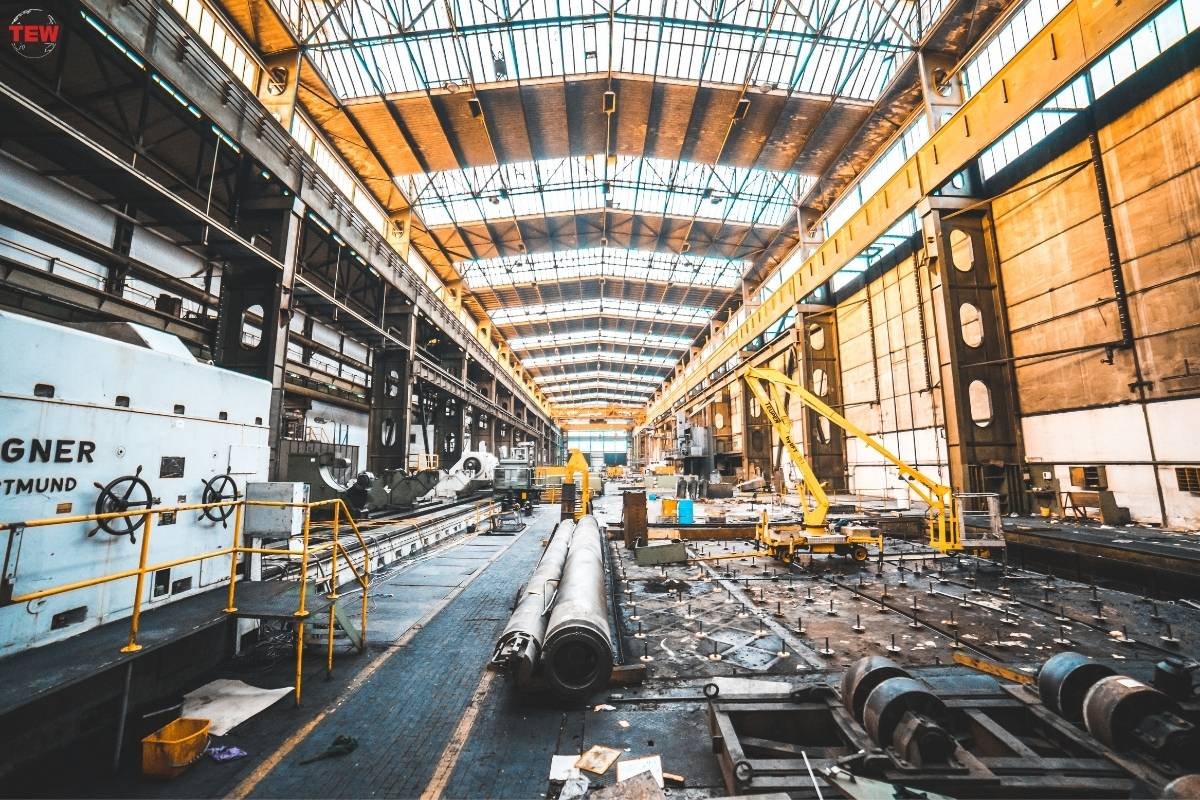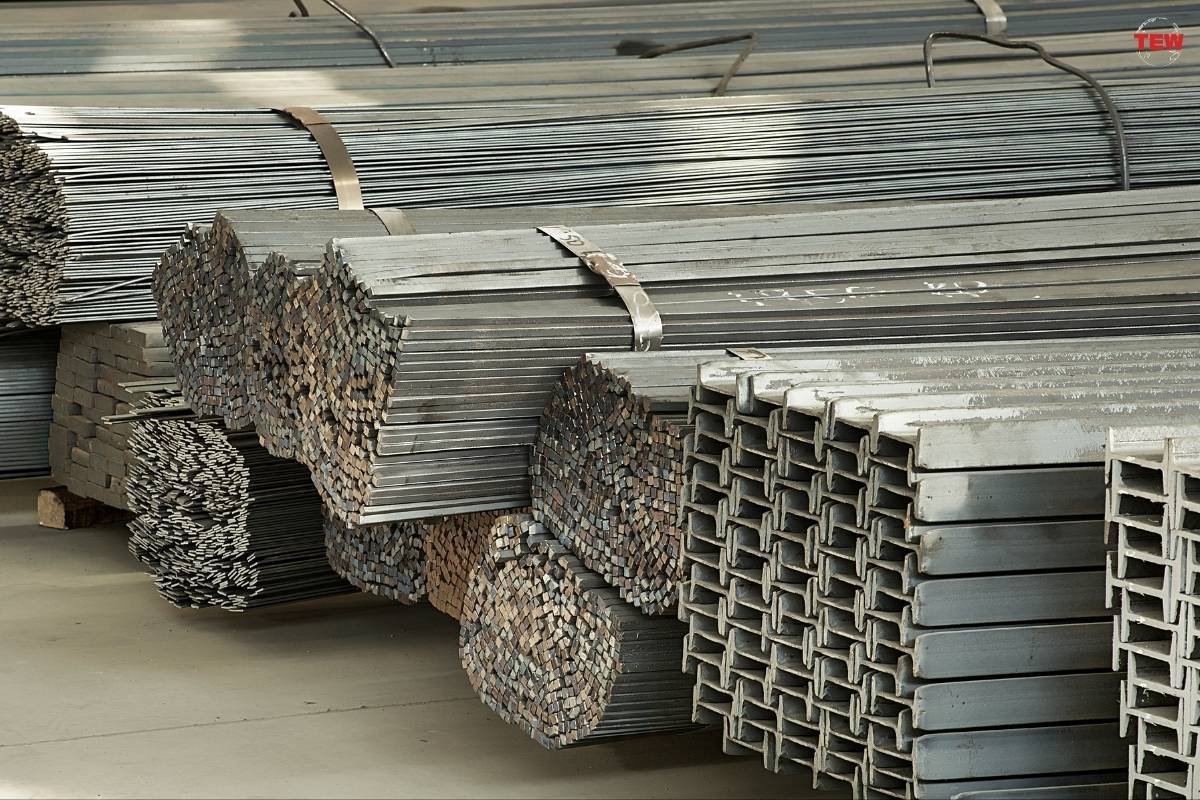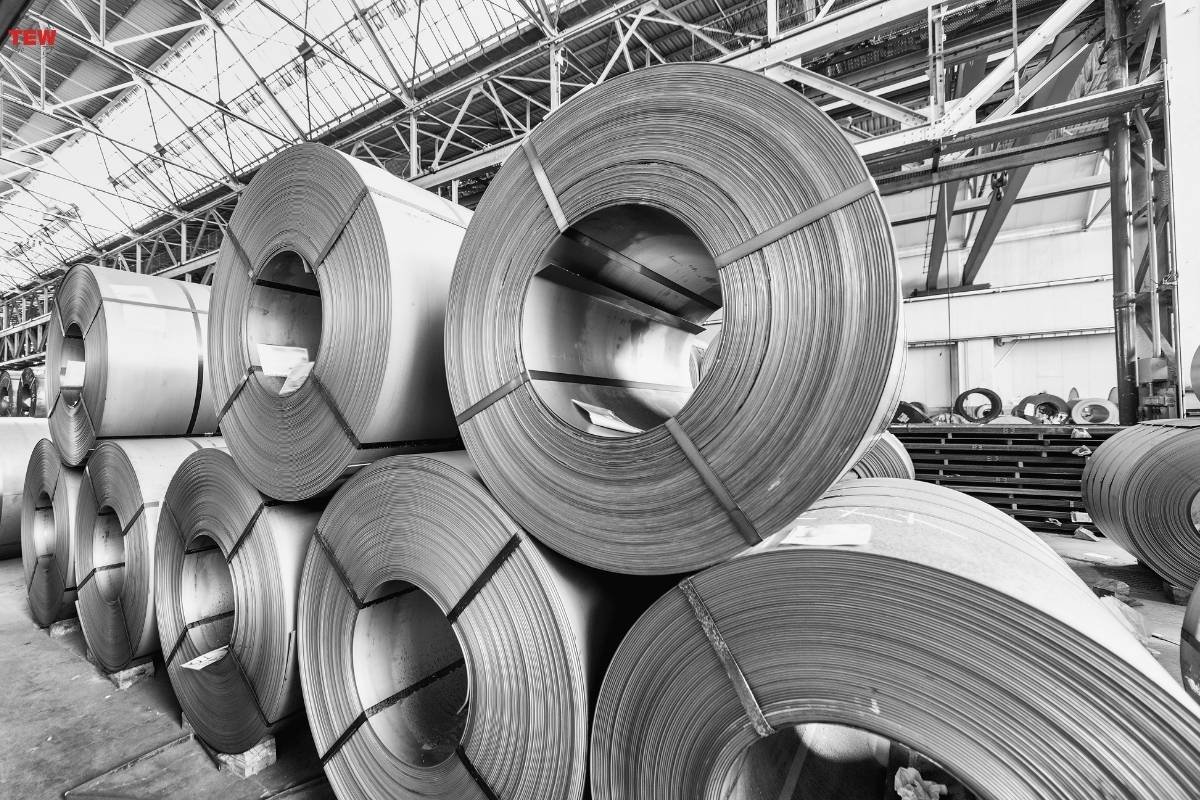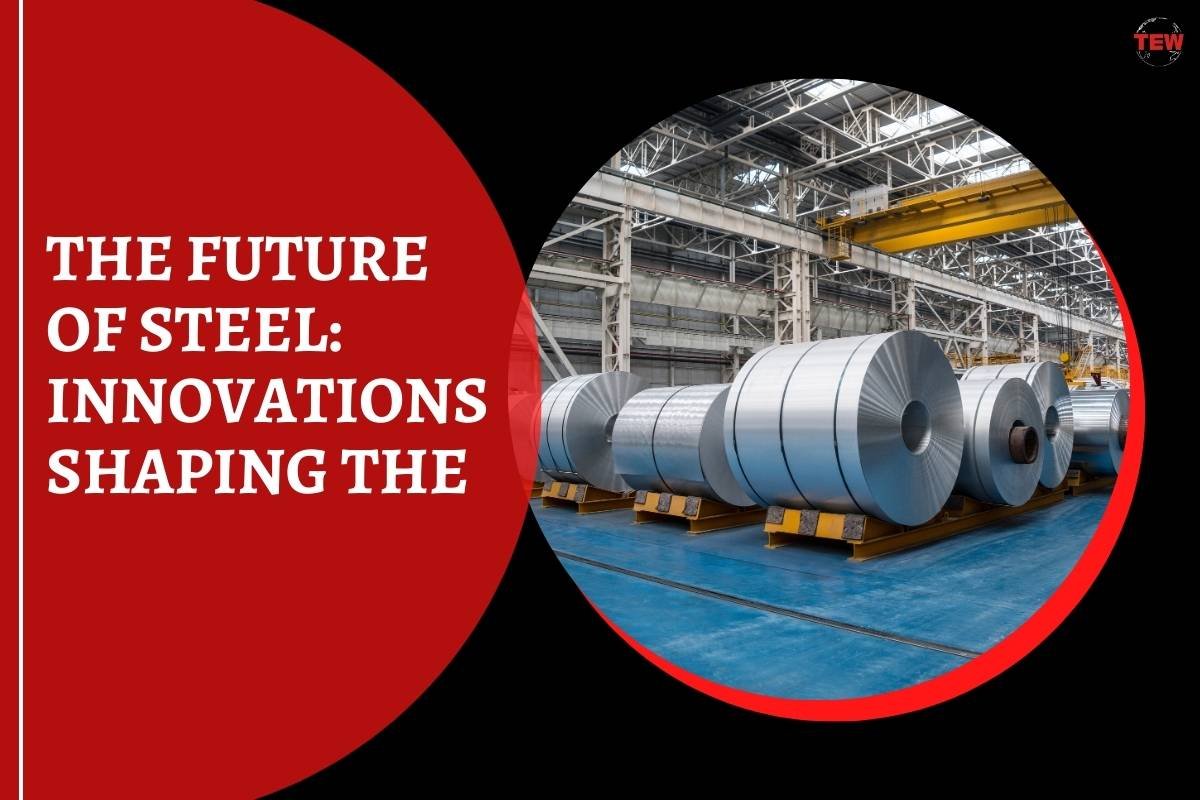In a world that is constantly evolving, the steel industry is not standing still either. New technologies and materials are shaping the The Future of Steel of this traditional sector. One of these remarkable advancements is the development of 17-4 PH steel, a material known for its exceptional strength and corrosion resistance. This stainless steel has proven to be extremely valuable due to its versatile applicability and reliability in demanding environments. But what other innovations are on the verge of revolutionizing the steel industry? In this blog post, we take a look at the most promising developments, from environmentally friendly manufacturing processes to the integration of Artificial Intelligence into production.
Advancement In steel Industry
1. Sustainable Production Techniques

The steel industry faces the challenge of reducing its environmental impact. Therefore, innovative production methods focused on sustainability are gaining increasing importance. Technologies such as the use of hydrogen instead of coal in the blast furnace process could significantly reduce CO2 emissions. This shift to hydrogen as a reducing agent is a crucial step towards “green steel production.” Moreover, advanced recycling methods allow for more efficient reuse of steel, which not only conserves the environment but also enhances resource efficiency. The development and implementation of processes that reintroduce electronic waste and other steel scraps back into the production cycle are of central importance.
2. Advances in Material Science

In addition to more sustainable production methods, developments in material science are also driving the industry forward. A prime example is the already mentioned and popular material 17-4 PH, an alloy known for its exceptional strength and corrosion resistance. These properties make it ideal for demanding applications in aerospace, the energy sector, and medical technology. However, research does not stand still: from self-healing steels, which can repair damage themselves through microscopically small capsules that release healing substances, to ultra-light yet extremely strong alloys, work is being done on a variety of materials that could redefine the limits of what is possible with steel. These innovations could lead to a new generation of steel that is even more powerful and versatile.
3. Digitalization and Smart Manufacturing
Digitalization has the potential to fundamentally change the steel industry. Smart Manufacturing, i.e., the intelligent networking of production facilities, enables more efficient and flexible production. The use of AI and machine learning can optimize production processes, predict maintenance needs, and improve quality assurance. These technologies allow for a faster response to market demands while simultaneously reducing costs. The implementation of advanced sensors and IoT (Internet of Things) devices enables real-time monitoring and analysis of production processes, leading to a significant increase in efficiency and product quality.
4. Circular Economy in the Steel Sector

Another important trend is the increasing integration of the steel industry into the circular economy. The goal is to create a closed loop in which steel at the end of its lifecycle does not become waste but serves as raw material for new steel products. This requires not only advanced recycling technologies but also a rethink in design and production to maximize the reusability and recyclability of steel products from the outset. The development of modular and demountable steel constructions that can be easily recycled or reused is a key aspect of these efforts. Promoting such a circular economy could help reduce dependency on primary raw materials and improve the sustainability of the entire industry.
Conclusion
The future of steel is marked by innovations that not only aim at developing new materials like 17-4 PH steel but also at transforming production processes and integrating the industry into a more sustainable and efficient economy. While the challenges are significant, current developments offer promising approaches to address them. It is an exciting time for the steel industry, which is at the beginning of a new era where sustainability, efficiency, and innovation go hand in hand.




